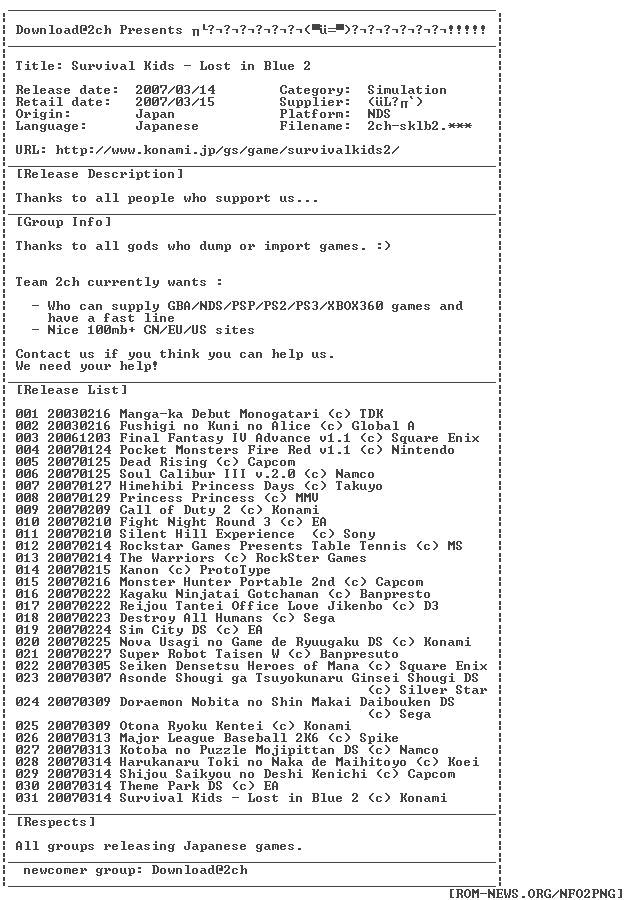

On POD5, these patients reported as well significantly less worst pain, spent significantly less time in severe pain, experienced less interference of pain with activities in bed, and felt less helpless. On POD1, patients in the scheduled treatment group reported reduced severity of worst pain, less interference of pain with activities in-bed and sleep, and a higher proportion got out of bed. The ‘on demand’ group received non-opioids and/or a weak opioid only when asking ‘on demand’ for analgesics. The scheduled pain management consisted of pain assessment and routine administration of non-opioid drugs, and a weak opioid based on severity of pain reported by patients. We examined associations between two approaches of pain management (scheduled vs ‘on demand’) and PROMs on post-operative days one and five (POD1, 5) with function on POD5 and 3 months after surgery in patients undergoing Total Knee Arthroplasty (TKA) in a single centre. It is unclear which pain-related patient-reported outcome measures (PROM) mirror treatment effects or are related with early and late functional outcomes.

Greater improvements in all KOOS sub-scores and in absolute Sports and Recreation at 1Y and 2Y were observed in this robotic-assisted cohort compared to a large contemporary database, indicating that RAS meets or exceeds current standard of care benchmarks for patient-reported outcomes.Įarly rehabilitation, return to daily life activities and function are the ultimate goals of perioperative care. High early-expectation fulfillment was associated with improved satisfaction at 1Y and 2Y, indicating the importance of managing patient-specific post-operative care to ensure patients reach their pre-operative goals. When compared to the FORCE-TJR database, no significant differences in post-operative KOOS outcomes were observed except for Sports and Recreation, for which the RAS group demonstrated higher scores (65.5 ± 30.0 vs 53.0 ± 27.1 p < 0.0001) however, the study cohort reported significantly greater improvements in KOOS Pain, Symptoms, Sports and Recreation, and Quality of Life at multiple time points up to 2 years post TKA. Patients with greater than average KSS expectation fulfillment at 3M reported significantly higher KSS satisfaction scores at 1Y (34.9 ± 5.3 vs 30.6 ± 6.7, p = 0.0012), and patients with greater than average 6M expectation fulfillment reported improved satisfaction at 1Y (33.9 ± 5.9 vs 31.1 ± 6.7, p = 0.0330) and 2Y (35.2 ± 4.8 vs 32.4 ± 6.8, p = 0.0323). Study cohort outcomes were compared to contemporary literature from the Function and Outcomes Research for Comparative Effectiveness in Total Joint Replacement (FORCE–TJR) database. The satisfaction of each group was then compared at 1Y and 2Y post TKA. Expectation fulfillment was subdivided into patients who were below or above the average expectation score pre-operatively, or fulfillment of expectation score at 3M and 6M post TKA. Patients completed KOOS and New Knee Society Score (KSS) preoperatively and at 3M, 6M, 1Y, and 2Y postoperatively.

One hundred six patients were prospectively enrolled and underwent robotic-assisted TKA by a single surgeon using the OMNIBotics system. We also compare improvements in outcomes with RA-TKA to those of a recent large national TKA cohort study to determine whether RA-TKA meets or exceeds the current standard of care. We hypothesize that early fulfillment of patient expectations is associated with improved midterm patient satisfaction. Utilizing a standardized TKA method with a robotically assisted (RA) platform, we investigated the impact of expectation fulfillment at 3-month (M) and 6-M on 1-year (Y) and 2-Y satisfaction. The impact of fulfillment of patient expectations throughout recovery on satisfaction in total knee arthroplasty (TKA) is not well understood.


 0 kommentar(er)
0 kommentar(er)
